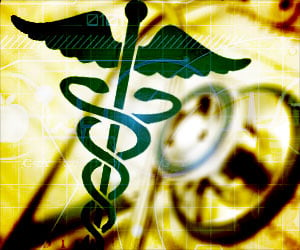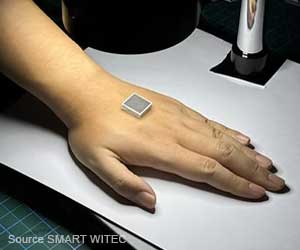Researchers have come up with a 3D mapping technology to monitor and track the behavior of the engineered cells and tissues and improve the success rate for patients who have already faced a debilitating disease.

TOP INSIGHT
Purdue device is an ultra-buoyant scaffold that allows the entire structure to remain afloat on the cell culture medium, providing complete isolation of the entire electronic instrument from the wet conditions inside the body.
The Purdue team created a tissue scaffold with sensor arrays in a stackable design that can monitor electrophysiological activities of cells and tissues. The technology uses the information to produce 3D maps to track activity.
"This device offers an expanded set of potential options to monitor cell and tissue function after surgical transplants in diseased or damaged bodies," Lee said. "Our technology offers diverse options for sensing and works in moist internal body environments that are typically unfavorable for electronic instruments."
Lee and his team have been working with Sherry Harbin, a professor in Purdue's Weldon School of Biomedical Engineering, to test the device in stem cell therapies with potential applications in the regenerative treatment of diseases.
Their works align with Purdue's Giant Leaps celebration, celebrating the global advancements in health as part of Purdue's 150th anniversary. Health, including disease monitoring and treatment, is one of the four themes of the yearlong celebration's Ideas Festival, designed to showcase Purdue as an intellectual center solving real-world issues.
Source-Eurekalert
 MEDINDIA
MEDINDIA




 Email
Email



